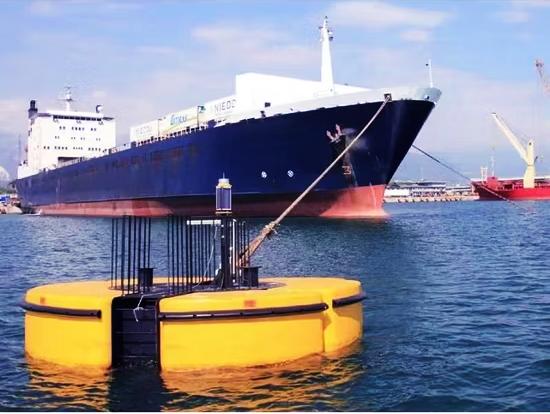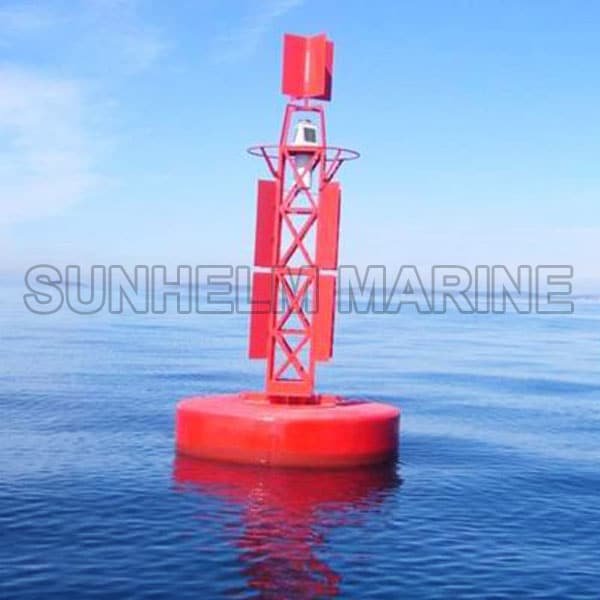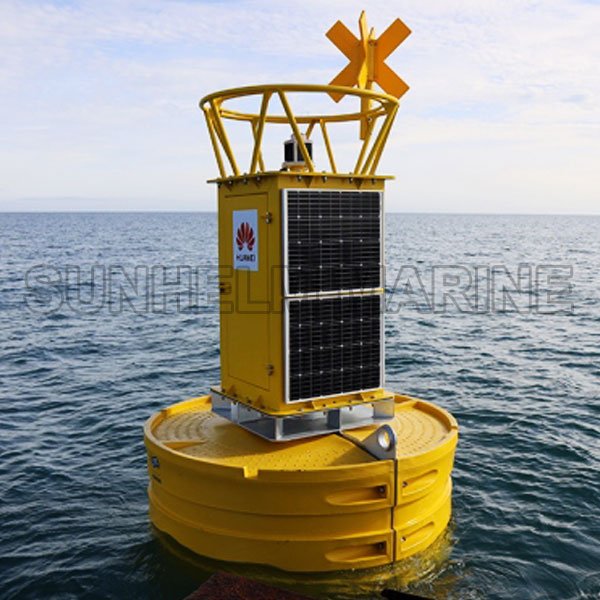Quando você investe em boias oceânicas, sempre surge uma grande dúvida: Quanto tempo eles durarão? A resposta não é a mesma para todos. Boias diferentes servem para trabalhos diferentes, enfrentam condições diferentes e são construídas com materiais diferentes. Em SunhelmmarinePor isso, frequentemente ajudamos armadores, operadores offshore e criadores de peixes a decidir se suas boias ainda são seguras para uso ou se é hora de substituí-las. Este artigo o orientará sobre os principais pontos em linguagem simples.
Por que a vida útil das boias oceânicas é importante
Se um boia oceânica Se o sistema falhar, ele pode causar problemas de segurança, perda de dados ou até mesmo acidentes. Por exemplo:
- Os armadores e os portos dependem das boias de navegação para uma passagem segura.
- As empresas de energia eólica offshore e de petróleo e gás as utilizam para marcação ou monitoramento.
- As frotas de pesca e as fazendas de aquicultura dependem das boias oceânicas para atracação e operações diárias.
Uma boia com defeito pode interromper seu trabalho ou danificar seu equipamento. Por isso, é importante saber quando consertar ou substituir uma boia.
Tipos de boias oceânicas e sua vida útil média
- Boias à deriva - São pequenas unidades que flutuam com a corrente e coletam dados. Elas não duram muito tempo, geralmente entre 1 mês e 1,5 anos. Eles são feitos para missões curtas.
- Boias de dados ou de observação - Elas são maiores, geralmente ancoradas em um único local. O corpo da boia pode durar cerca de 10 anos se mantidos, mas os componentes eletrônicos, sensores e baterias geralmente precisam ser substituídos a cada 2 a 3 anos.
- Boias de navegação - Usadas para marcar canais ou perigos. Com boa manutenção, as boias de aço ou polietileno podem durar cerca de 10 anose, às vezes, até 20 anos para designs plásticos modernos.
- Bóias de amarração - Elas suportam cargas pesadas de navios ou gaiolas de peixes. O corpo da boia em si pode durar muitos anos, mas as correntes e manilhas se desgastam mais rapidamente. Muitas vezes, as peças de amarração precisam ser substituídas a cada poucos anos, dependendo da corrosão e da ação das ondas.





O que afeta a vida útil de uma boia?
Vários fatores determinam a duração real de uma boia:
- Meio ambiente - Ondas fortes, gelo ou correntes rápidas reduzem a vida útil.
- Material - O aço é forte, mas enferruja; o plástico resiste à corrosão, mas pode se enfraquecer sob a luz UV.
- Crescimento marinho - As cracas e as algas aumentam o peso e a resistência.
- Eletrônicos - As baterias, os painéis solares e os sensores se desgastam mais rapidamente do que o corpo da boia.
- Acidentes - Colisões de embarcações, redes de pesca ou tempestades podem danificar rapidamente as boias oceânicas.
Como verificar se sua boia precisa ser substituída
Procure por esses sinais:
- Rachaduras, vazamentos ou ferrugem visível na carroceria
- Correntes, manilhas ou pontos de ancoragem desgastados ou enfraquecidos pela corrosão
- Os sensores não estão enviando dados estáveis
- As baterias perdem carga muito rapidamente
- Boia se afastando de sua posição
Se você observar vários desses problemas, pode ser mais barato e seguro substituir a boia em vez de consertá-la várias vezes.
Dicas de manutenção para prolongar a vida útil da boia
- Inspecione as boias regularmente na superfície e embaixo d'água, se possível.
- Limpe o crescimento marinho antes que ele fique muito pesado.
- Revestir ou repintar boias de aço para protegê-las contra ferrugem.
- Substitua as correntes e manilhas antes que elas falhem.
- Teste os componentes eletrônicos e troque as baterias de acordo com o cronograma.
Pequenas manutenções constantes geralmente acrescentam anos à vida útil de uma boia e economizam dinheiro a longo prazo.
Quando reparar, quando substituir
- Reparo quando o corpo da boia ainda está forte e apenas pequenas peças ou componentes eletrônicos precisam de atenção.
- Substituir quando a estrutura é danificada, os custos de manutenção são muito altos ou a boia não atende mais aos padrões de segurança ou de regulamentação.
Considerações finais de Sunhelmmarine
Cada boia tem uma história diferente, mas a regra geral é simples: a carroceria dura mais do que os equipamentos eletrônicos e de amarração. Se você gerenciar bem a manutenção, uma boia pode servir de forma confiável por muitos anos. Se você ignorar os problemas, a vida útil será reduzida.
Em SunhelmmarineNa América Latina, fornecemos inspeções, suporte de manutenção e boias de reposição de alta qualidade, construídas para condições offshore difíceis. Se você não tiver certeza sobre suas boias oceânicas atuais, podemos ajudá-lo a decidir se deve repará-las ou substituí-las, para que suas operações permaneçam seguras e econômicas.
PERGUNTAS FREQUENTES
P: Minha boia tem 8 anos, mas parece estar bem. Devo substituí-la mesmo assim?
R: Nem sempre. Se as inspeções mostrarem que a carroceria e a amarração estão sólidas, você pode continuar a usá-lo, mas verifique os componentes eletrônicos e as correntes com mais frequência.
P: Os sensores continuam falhando. Preciso de uma nova boia?
R: Não necessariamente. Talvez você precise apenas de novos componentes eletrônicos ou baterias, mantendo o mesmo corpo da boia.
P: Com que frequência devo substituir as correntes de amarração?
R: Depende da corrosão e do desgaste, mas muitos operadores os trocam a cada 2 a 5 anos.

